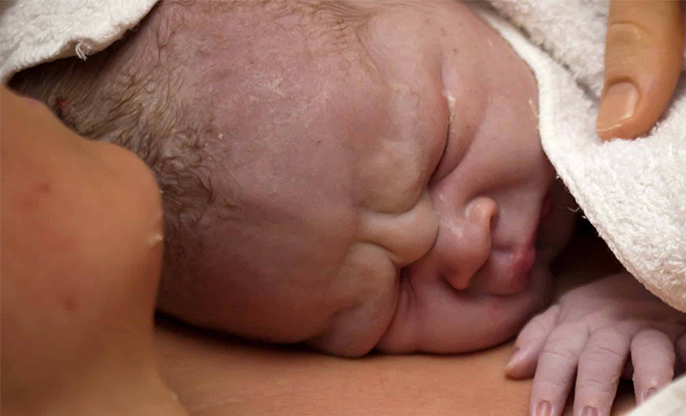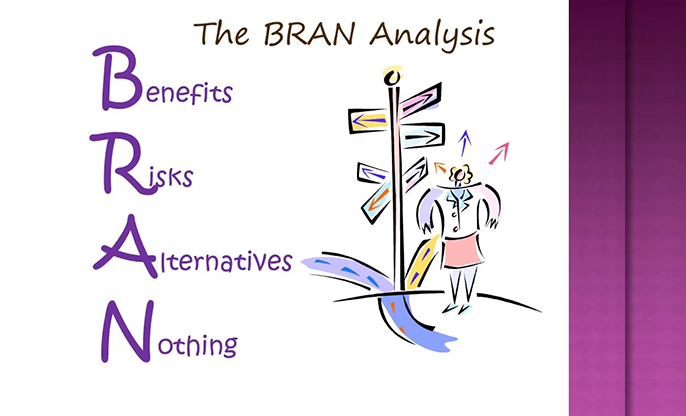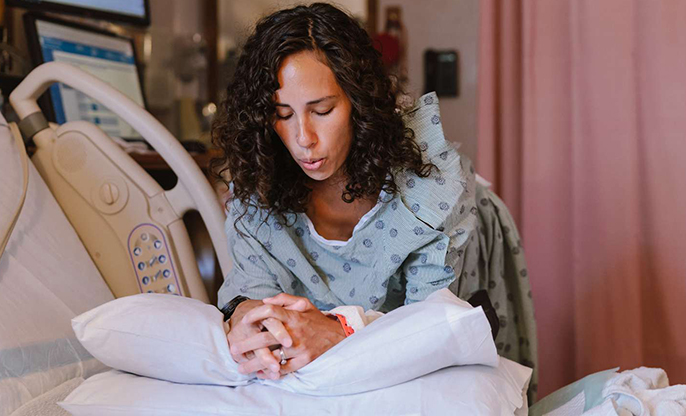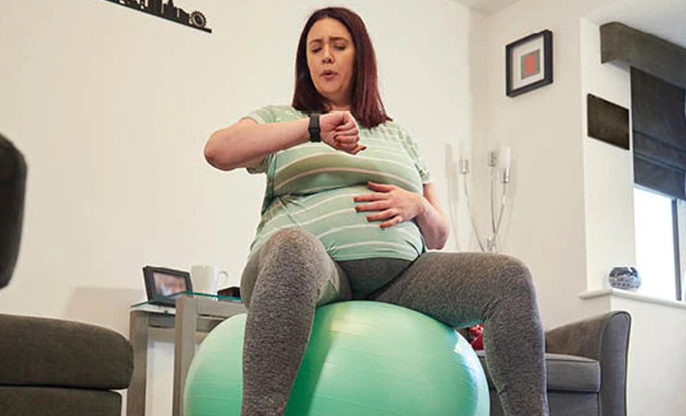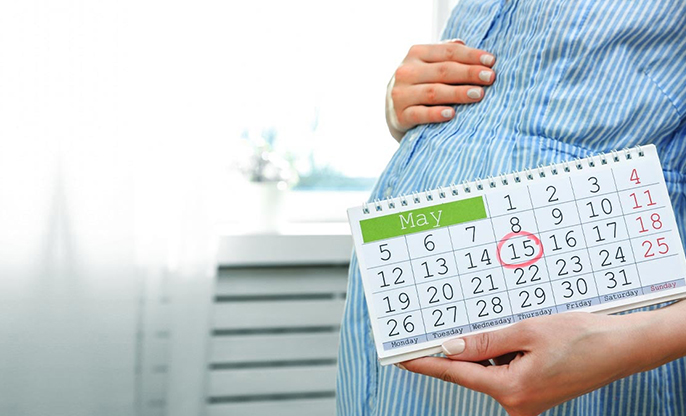
Stages of Labour
After a long and beautiful phase of nine plus months of pregnancy, you are at the final leg to see your baby. As much as you get the adrenaline rush to meet your baby, the journey of final delivery will just add to the adventure and create everlasting memories if you are well-prepared with the right information about the whole process of labour.
Each pregnancy is different and so is labour. While some women can start going into labour and deliver their baby in few hours, others might take days. Theoretically, there are three stages of labour, namely;
1. Opening of the body
2. Childbirth
3. Delivery of the placenta
The first stage of labour
The first stage of labour is also known as established labour. This is when your cervix opens (dilates) to at least 4cm and your contractions become stronger and more regular. Your healthcare provider will check how often you are having contractions and offer vaginal examinations. If your labour is going well, you shouldn't need any more monitoring, though your healthcare provider will also be there to support you emotionally throughout your labour and birth.
If you’re having your first baby, this stage will probably last about 8 to 18 hours. If you’ve had a baby before it may last 5 to 12 hours.
Transition
Towards the end of the first stage, when the cervix is nearly open, contractions get stronger. This is known as 'transition'. You may not notice when you’re moving from the first to the second stage.
The second stage of labour
The second stage starts when your cervix is fully open (dilated) and the muscles of your womb are tightening and loosening to push the baby down and out. You may not feel an urge to push straightaway, which is called the passive second stage. It becomes the active second stage when you have the urge to push. It ends when your baby is born.
Your healthcare provider will monitor you and the baby closely at this stage, as well as support you as you push. They’ll also help you to find a comfortable position. Every labour is different. But, on average, once you start actively pushing, you’ll probably deliver within 3 hours if it’s your first baby, and within 2 if you’ve had a baby before.
Sometimes, an episiotomy, forceps, or a vacuum device might be used to provide extra help when you push your baby. Episiotomy is a small cut that will be made to lengthen your vaginal opening, however this should not be routinely performed or recommended anymore except for special circumstances. Your doctor might also use forceps or suction, if necessary, to help your baby exit the birth canal.
After your baby comes out, it’s time to cut the umbilical cord. If you or your partner would like to be the one to do this, let your healthcare provider know and they’ll guide you through it. However, NICE guidance recommends that the umbilical cord, which links your placenta to the baby, is not clamped and cut until at least 1–5 minutes after you give birth. This allows the blood from the placenta to continue being transferred to the baby even after they are born, which helps with their growth and development.
The second stage if you're having twins
If you have your babies vaginally, it will take the same time to push out the first baby as it would if you were just having one baby. After your first baby has been born, doctors will check on the position of the second baby. If your second baby is in a good position, he or she will usually arrive much more quickly than the first. If the second baby is in a trickier position, you may need extra help for the birth.
The third stage of labour
You’re in the third stage of labour when you’ve had your baby but need to deliver the placenta. You can have active management, which means you’ll have an injection that helps you deliver the placenta or you can try physiological management. This means that you will deliver the placenta without any injection.
It’s a good idea to write your choice in your birth plan. If you want to try to deliver the placenta without the injection, you can change your mind and have the injection at any time if you want to.













